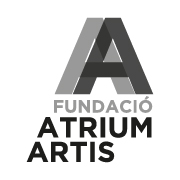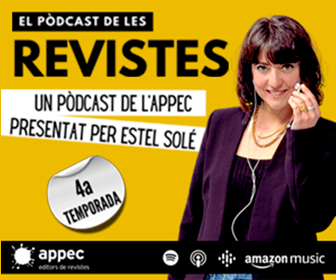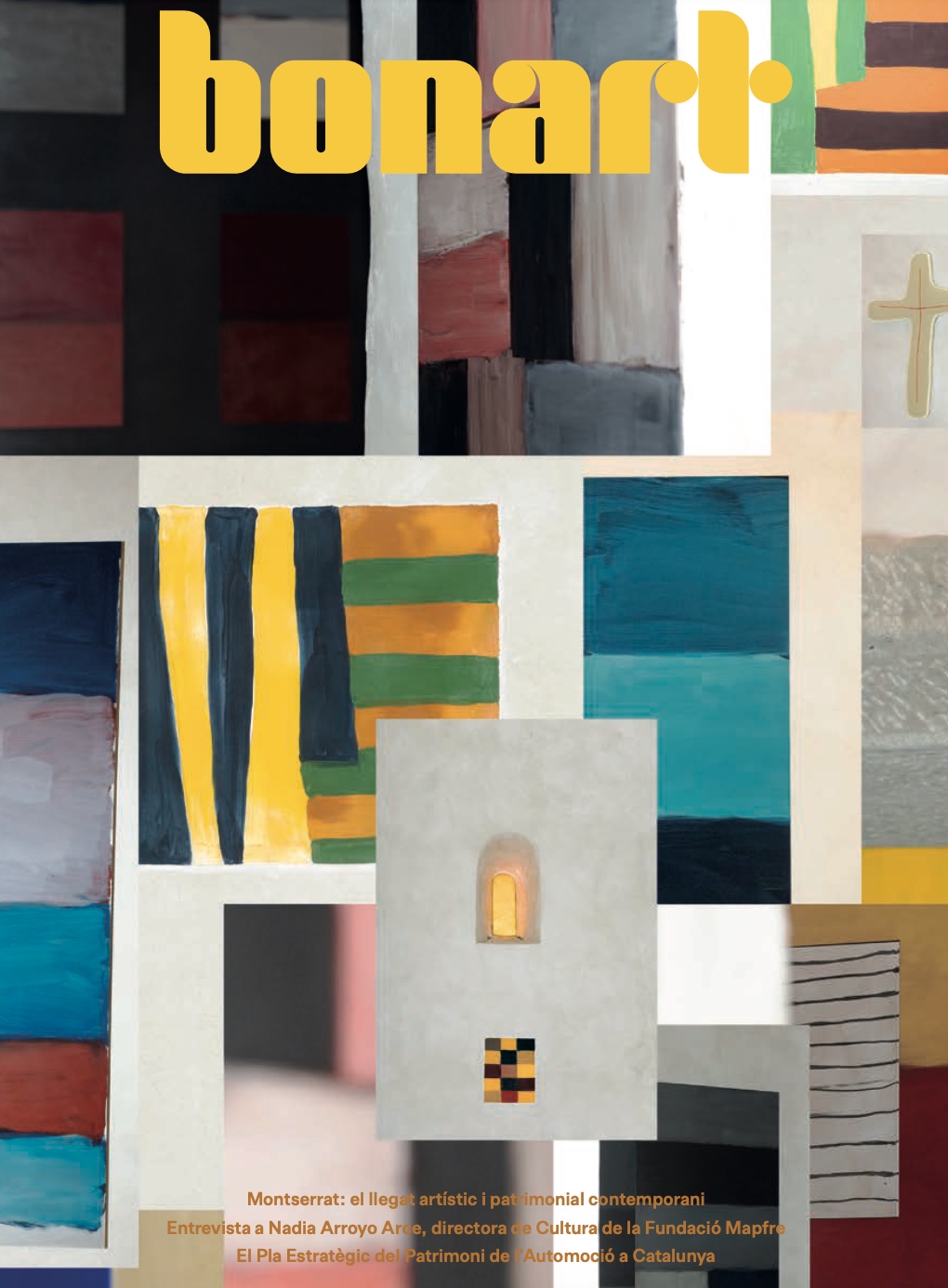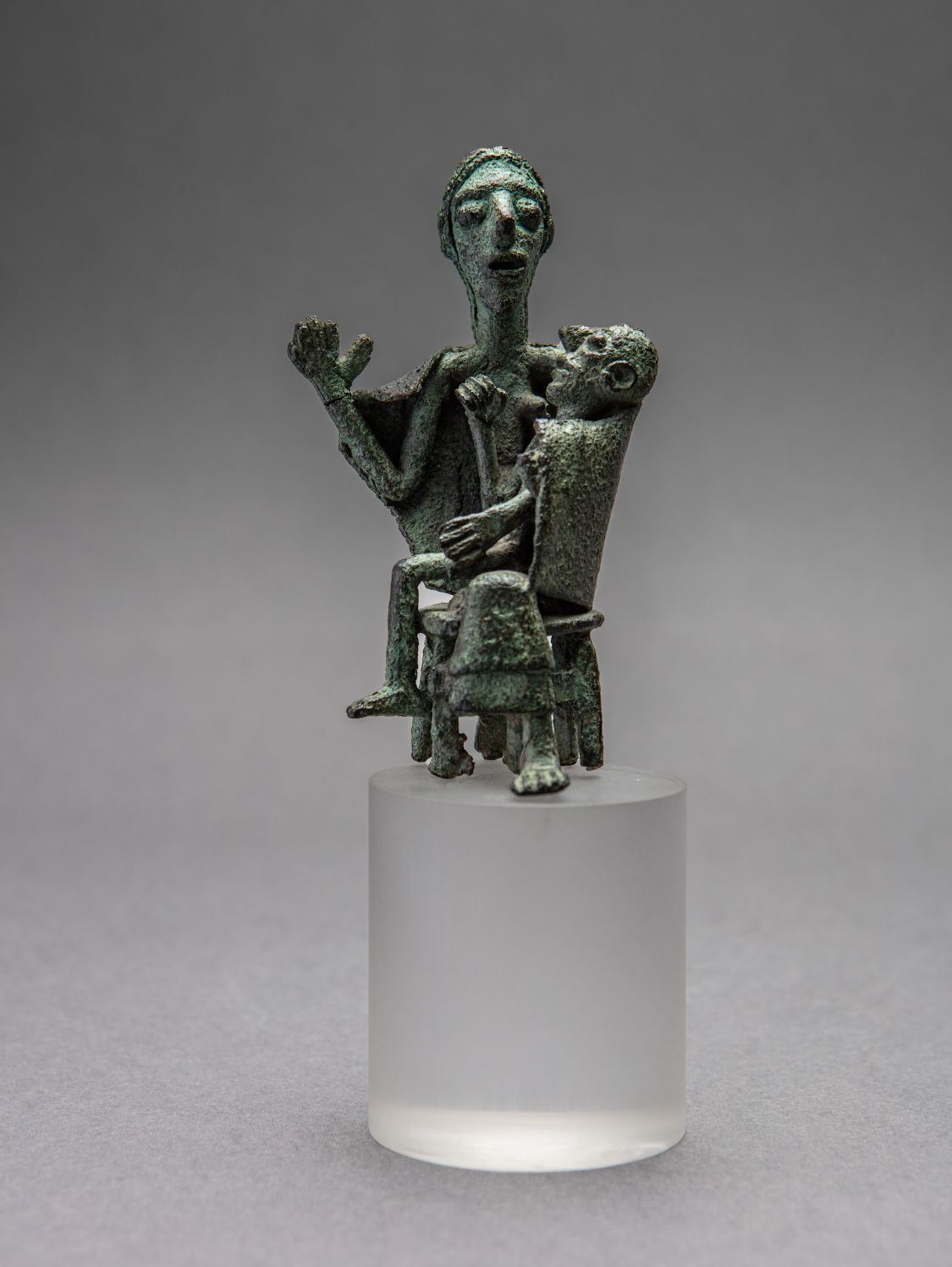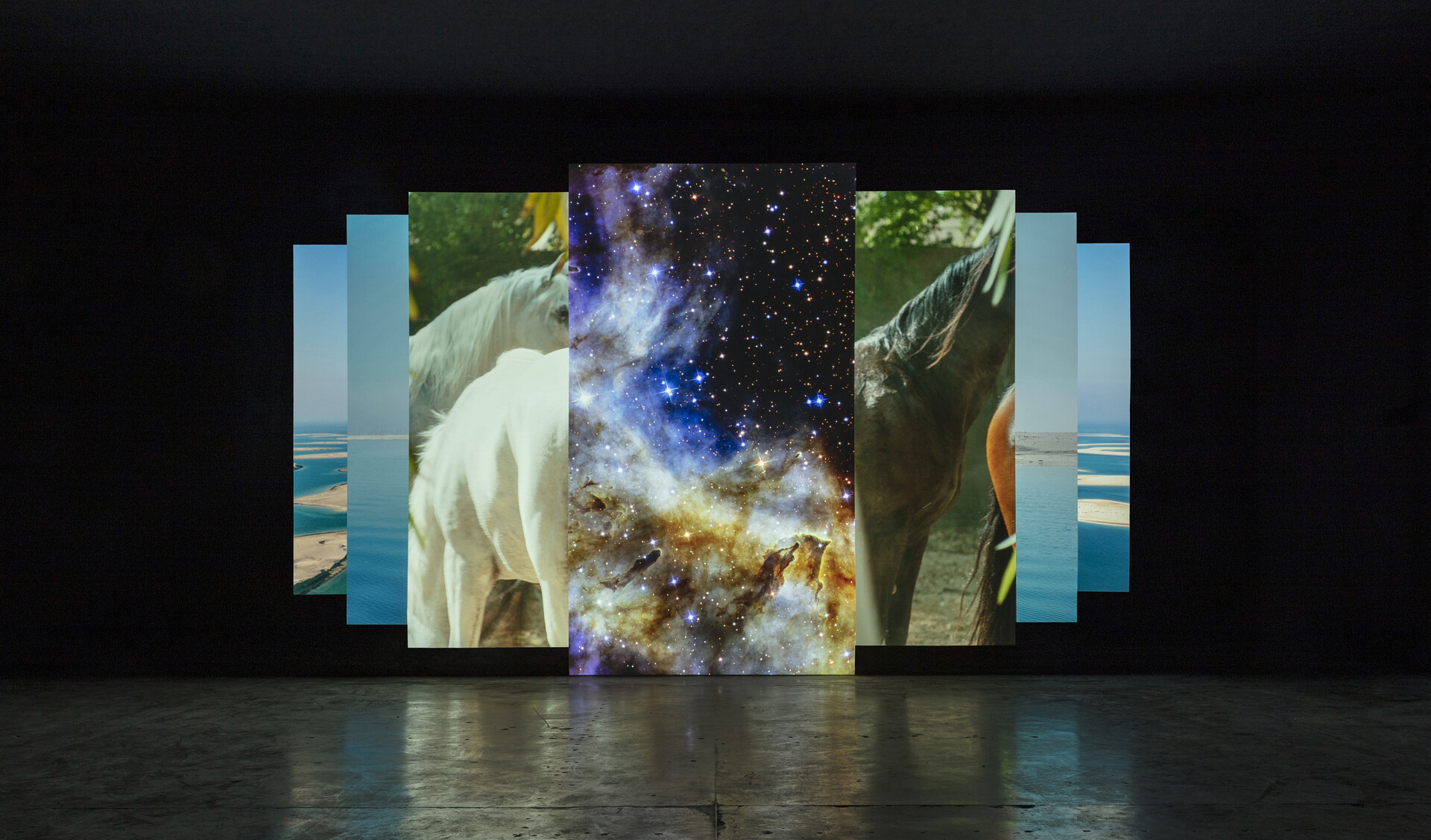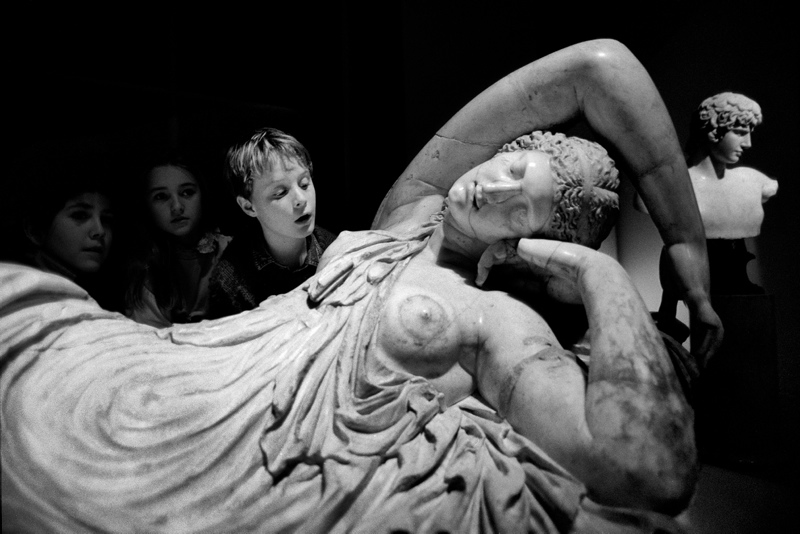Exhibitions
Four dissident voices in La Virreina
An exploration of radical artistic creation through four fundamental figures of the 20th century.
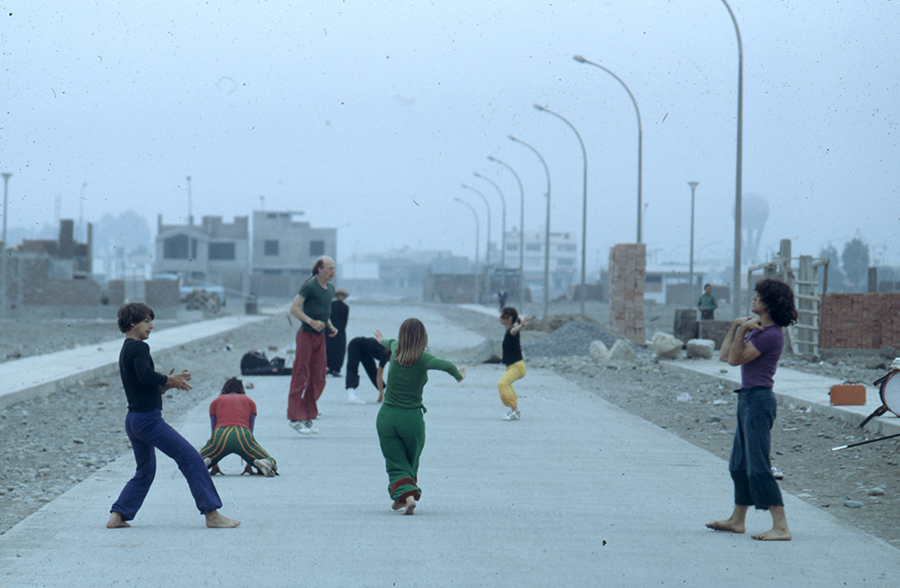
The Virreina Image Centre presents four new exhibitions that revisit key figures in contemporary cinema, theatre, music and visual arts from a radical, necessary and urgent perspective. With a strong research component, the exhibitions offer documents and materials that, as Valentín Roma, director of the centre, points out, are difficult to see together in the same museum space, as they come from different parts of the world. The tour is structured around the common idea of challenging dominant narratives and opening up new ways of seeing and understanding.
Sara Gómez: my contribution
Afro-Cuban filmmaker Sara Gómez (Guanabacoa, 1942 – Havana, 1974) was a pioneering figure in Cuban documentary filmmaking in the 1960s and 1970s, and one of the first voices of what would later be called "anti-ethnographic cinema". Her work, marked by the political force of testimony and by a perspective from the perspective of a young, black woman, is fully within the horizon of the revolutionary project begun in 1959, although it also reveals its internal contradictions. Exemplifying a filmography focused on the value of testimony, her films - and especially Mi aporte (1972), which gives the exhibition its title and summarizes the essence of her perspective - analyze how women occupy public space, work and the home, with different ideologies according to their social class and particular value codes, confronting a systematically imposed machismo.
The exhibition, which brings together for the first time his complete filmography in restored versions, contextualizes his work with contemporary pieces by filmmakers such as Chris Marker , Agnès Varda , Santiago Álvarez or Tomás Gutiérrez Alea . We also find a selection of posters from the prodigious decade of Cuban graphic design, with names such as Bachs , Rostgaard , Ñiko or Azcuy .
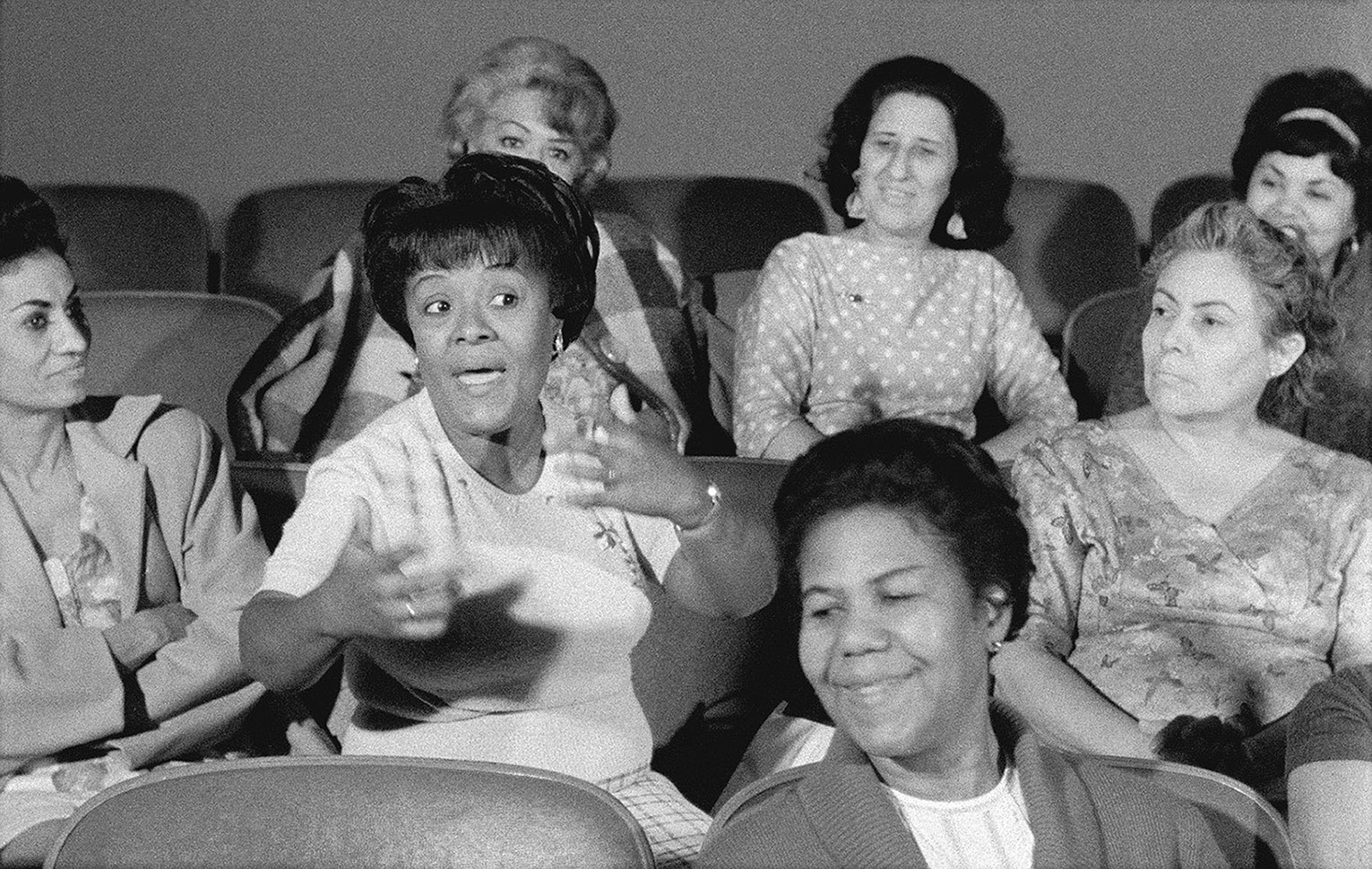 Mi aporte, Sara Gómez (1972)
Mi aporte, Sara Gómez (1972)
Eugenio Barba / Odin Teatret: self-penetration
Odin Teatret, founded in 1964 by Eugenio Barba, represents one of the most radical and influential theatrical experiences of the 20th century. Far removed from both Western tradition and the avant-garde, the company opened a new path that Barba called the third theater: an alternative path based on collective creation, the search for one's own cultural roots and a non-hierarchical organization of work. Inspired by the independent companies of Latin America, this new way of making theater challenged the great European narratives and opened the stage to forgotten or repressed forms. It was the first time that a group of artists, mostly young people from northern Europe, formed a collective to actively oppose the established order, proposing a lifestyle unlinked from the social models that were imposed on them.
The exhibition, curated by Roger Bernat, focuses on the years 1971-1979, the period of consolidation of this movement and the creation of the International School of Theatrical Anthropology. It brings together texts, working materials and historical documents —almost all signed by Barba, theatrical theorist and thinker— that allow us to understand the “collective self-penetration” that Odin Teatret proposed, an exploration of bodily and cultural limits to arrive at a new scenic consciousness.
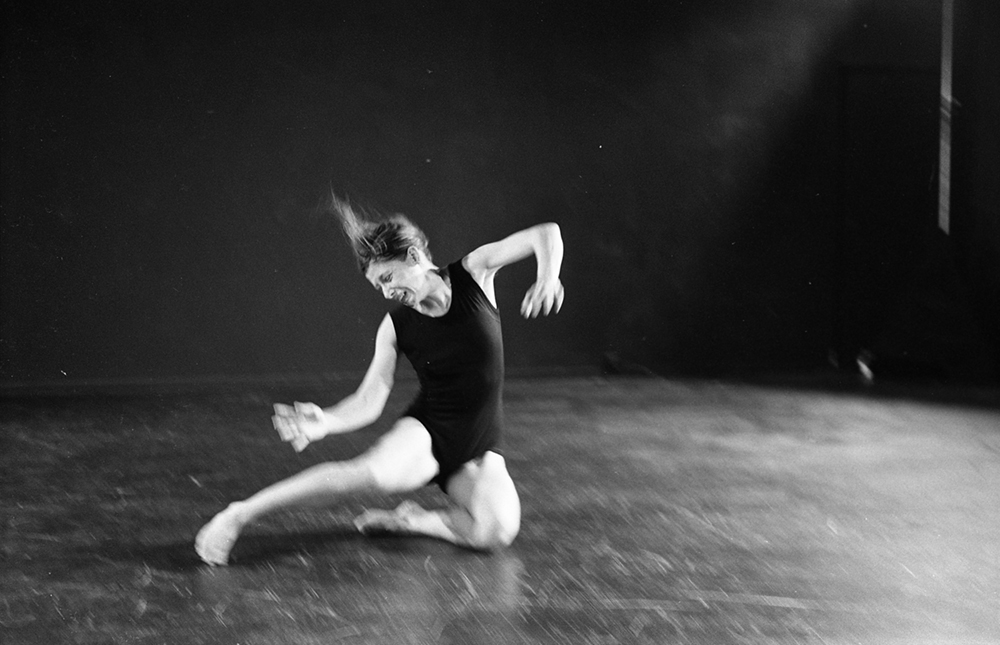 Iben Nagel Rasmussen practicant els «exercicis suissos». Fotografia de Torgeir Wethal. Holstebro, Dinamarca, 1971
Iben Nagel Rasmussen practicant els «exercicis suissos». Fotografia de Torgeir Wethal. Holstebro, Dinamarca, 1971
Cathy Berberian: striptease
Stripsody is one of the most unique pieces by composer and performer Cathy Berberian (1925–1983). And now, on the occasion of its centenary, La Virreina presents an exhibition curated by Arnau Horta that revisits the genealogy of this piece composed in 1966, a single vocal based on onomatopoeia and comic language, created with the intellectual complicity of Umberto Eco. This work, her debut as a composer, also becomes one of the most groundbreaking vocal interventions of the 20th century, unclassifiable within conventional musical categories. Stripsody is both a performative action and must be understood as a cultural artifact.
The exhibition traces a journey that begins in the 1950s, when Berberian settled in Milan, and shows how Stripsody marks a turning point in his career. Figures such as the painter Eugenio Carmi and the illustrator Roberto Zamarin orbit around the piece, and resonate with texts by Susan Sontag, semiotic essays and experimental proposals that place Berberian as a key figure in the renewal of contemporary music and vocal performance.
 Fotografia amb autògraf, Cathy Berberian (c.1966-68). Col·lecció Cathy Berberian de la Fundació Paul Sacher, Basilea
Fotografia amb autògraf, Cathy Berberian (c.1966-68). Col·lecció Cathy Berberian de la Fundació Paul Sacher, Basilea
Álvaro Perdices: cultivating the strange
Cultivating the Strange offers an anthological vision of the work of Álvaro Perdices (Madrid, 1971), ranging from his first works in the nineties to his most recent creations, some of them created specifically for La Virreina. The title of the exhibition refers to an artistic approach that understands the creative process as a cultivation of ideas, ways of life, peripheral landscapes and forgotten memories. Furthermore, the term “strange” is associated with concepts such as queer elements and the uncanny, as explored through the famous exhibition series by Mike Kelley —an important influence for Perdices—, since it implies a distortion, a search for indeterminate spaces that destabilize the conventional and transform it into obsolete or alienating, fields to which the artist has dedicated his work.
Perdices has been a pioneer in confronting human action with its replication by a nature that alerts us to the risks of progress through ecological anarchy. Years ago, he explored free education and collaborated with children in educational processes, offering tools that they themselves can create in the face of coercive pedagogical models. Formes de l'avenir (2025), one of the last works in the exhibition, recovers the stage rehearsals directed by Pura Maortua and Federico García Lorca in 1936 of Así que pasen cinco años (1931). This proposal includes the original manuscripts from the Archivo Fundación Federico García Lorca in Granada and the reconstruction of the ceramic designs of Maruja Mallo, which were lost during the Civil War, and which have been recreated by the Escola de Cerámica de la Moncloa in Madrid.
',-2012.-Proyecto-en-el-EACC.-Video.-Cortesía-del-artista.png) Sense títol (Abierta, Negada y Desnuda), Álvaro Perdices (2012). Video projecte a l’EACC. Cortesia de l’artista
Sense títol (Abierta, Negada y Desnuda), Álvaro Perdices (2012). Video projecte a l’EACC. Cortesia de l’artista



